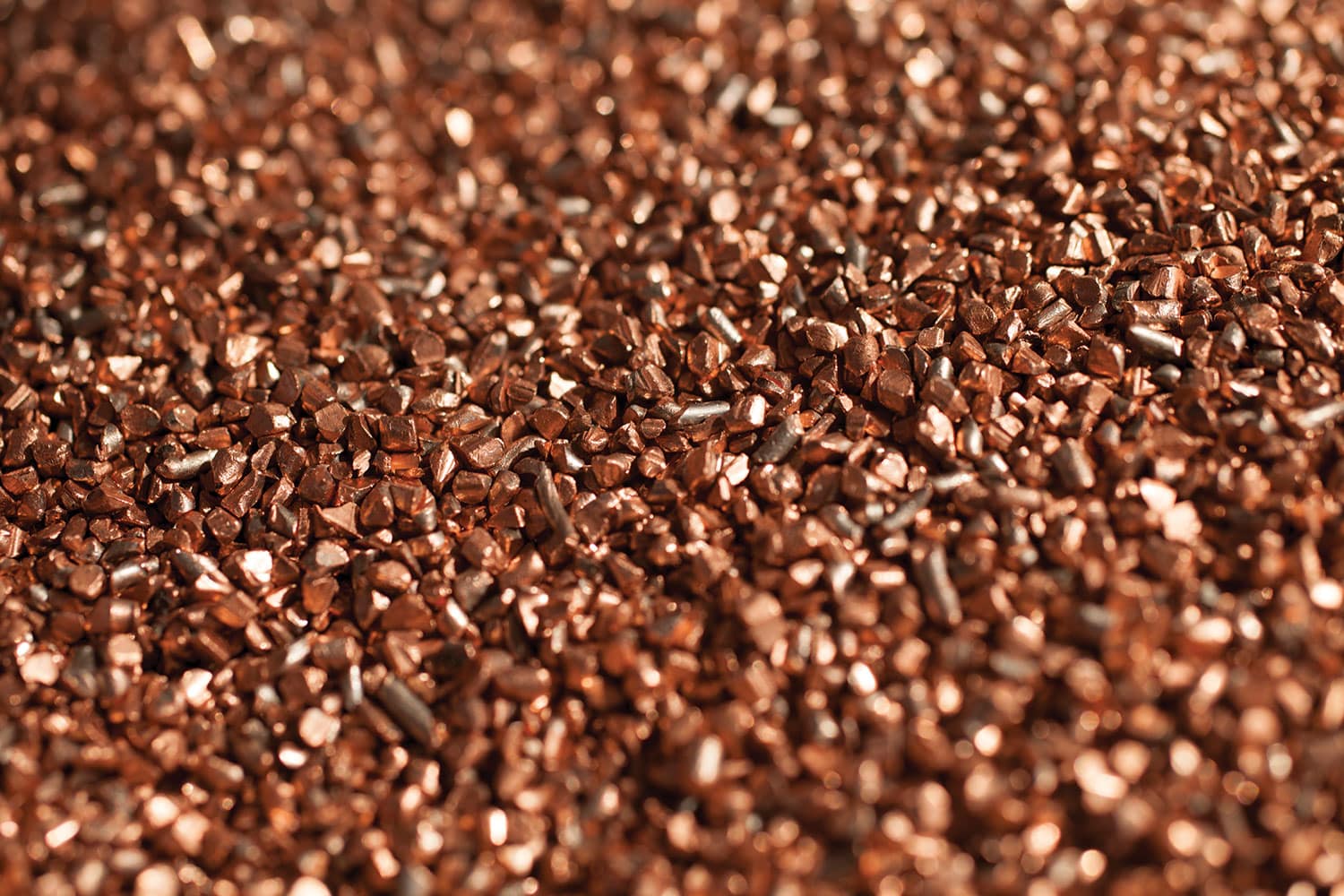Copper’s environmental impact is important to understand. Humans and other organisms acquire copper from their environments through air, water and soil.
Because it is an essential element, copper’s environmental impact cannot be assessed in the same way as artificial chemicals. The chemical form of copper in a given setting determines its biological availability, or bioavailability, to organisms in the environment. An organism’s intake of copper depends on the copper’s chemical form, distribution in the environment and means of transport (i.e., attachment to particulate matter). Copper’s effect in water, sediment and soil depends largely on the chemical and physical characteristics of the local environment, as well as the bioavailability of different chemical forms of copper to organisms in the environment.

Copper’s environmental impact affects many areas of nature. Many organisms have developed physiological or metabolic means for regulating, excreting and/or detoxifying excess amounts of internal copper and other essential elements. Thus, copper concentrations in tissues are not a good indicator of potential toxic effects on the organism, making the concept of “bioaccumulation” (i.e., as is used for organic compound classification as a persistent-bioaccumulative-toxic [PBT] chemical) inappropriate.
Bioavailability is the amount of a substance available for intake by living organisms. Copper bioavailability measures the fraction of copper available to an organism’s sensitive receptor or organ. As copper bioavailability increases, organisms may absorb too much copper. When organisms absorb more copper than they can safely use and eliminate, undesirable results may occur.
The bioavailability of copper depends on several key factors, including:
- The chemical composition of different copper forms.
- The concentrations of dissolved copper and copper adsorbed on particulate matter (i.e., suspended sediments).
- Chemical factors in the local environment, including acidity/alkalinity, hardness (i.e., Ca, Mg), other cations (Na, K), anions, complexing agents (such as bicarbonate, chloride, sulfate, sulfide), binding agents that prevent copper from being available and dissolved organic matter.
- Interactions with biological receptor sites (“biotic ligands”), such as gills on aquatic organisms.
Measurements of total copper concentrations in the environment (i.e., in surface water, sediments, soils, etc.) cannot be used to predict risks to organisms. Only a small portion of the total amount of copper is bioavailable to organisms and, thus, potentially toxic. The bioavailability of copper is controlled by the environment’s local chemistry and the mutual interactions of these chemicals and copper with each organism.
For almost two decades, ICA has co-sponsored scientific research (peer-reviewed) on the mechanisms that control the bioavailability of copper for an aquatic or terrestrial environment. Based on this research, predictive methods are now being adopted by governments to establish fully protective, site-specific environmental quality standards.
Accurate predictive chemical-mathematical models, such as the biotic ligand model (BLM), estimate the bioavailability of copper in various environmental media:
- Freshwater environments: Much of the metal released in freshwater environments is bound to particulate solids or dissolved organic matter and is not available for uptake by organisms. Only a relatively small fraction of total copper is available to aquatic life.
- Saltwater environments: The bioavailability of copper in saltwater bodies, including estuarine and marine environments, is determined by local water chemistries—just like freshwater environments. In near-shore saltwater bodies, variations in dissolved organic matter and, to a lesser extent, salinity, largely-govern copper bioavailability.
- Soils (terrestrial) and sediments (aquatic): Almost all of the copper in soils and sediments is bound to particulate matter. Exposure to organisms depends only on the small amount of bioavailable copper in pore waters.
Bioavailability models, using the measured chemistry of local environments, can be used to set safe threshold limits for organisms living in soils, sediments and marine waters:
- The European Union allows the declaration of “no risk” for metals in soils, sediments and surface waters based on bioavailability principles.
- The U.S. uses bioavailability models to set local ambient water quality criteria for copper in fresh water and is now evaluating a Biotic Ligand Model version for marine waters.
- Canada is evaluating the Biotic Ligand Model for its freshwater quality guidelines.
- Vietnam is considering the use of the biotic ligand model for its water quality standards, including those of the Mekong River Basin.
- China, Australia and New Zealand are considering water and soil standards for copper based on bioavailability.

